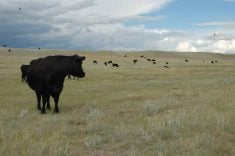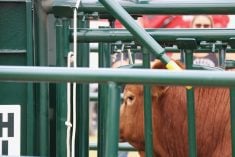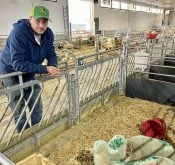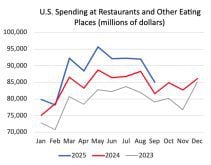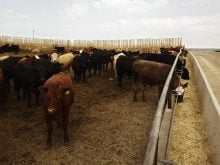BROOKS, Alta. – Creating healthy, strong calves starts at the farm with an effective vaccination program, says Brooks veterinarian Tim Keegan.
Herd health has improved over the years because more producers are semen testing their bulls and pregnancy checking their cows, Keegan told a cow profits seminar in Brooks. These checks have reduced the number of incidents of uterine prolapse and calf losses.
“What we do on the range will have a big impact in the feedlot,” he said.
Keegan recommended producers obtain veterinary health certificates that include a vaccination history and health status of the cow herd. He said buyers aren’t satisfied to hear auctioneers announce that sales calves have received all their shots.
Read Also
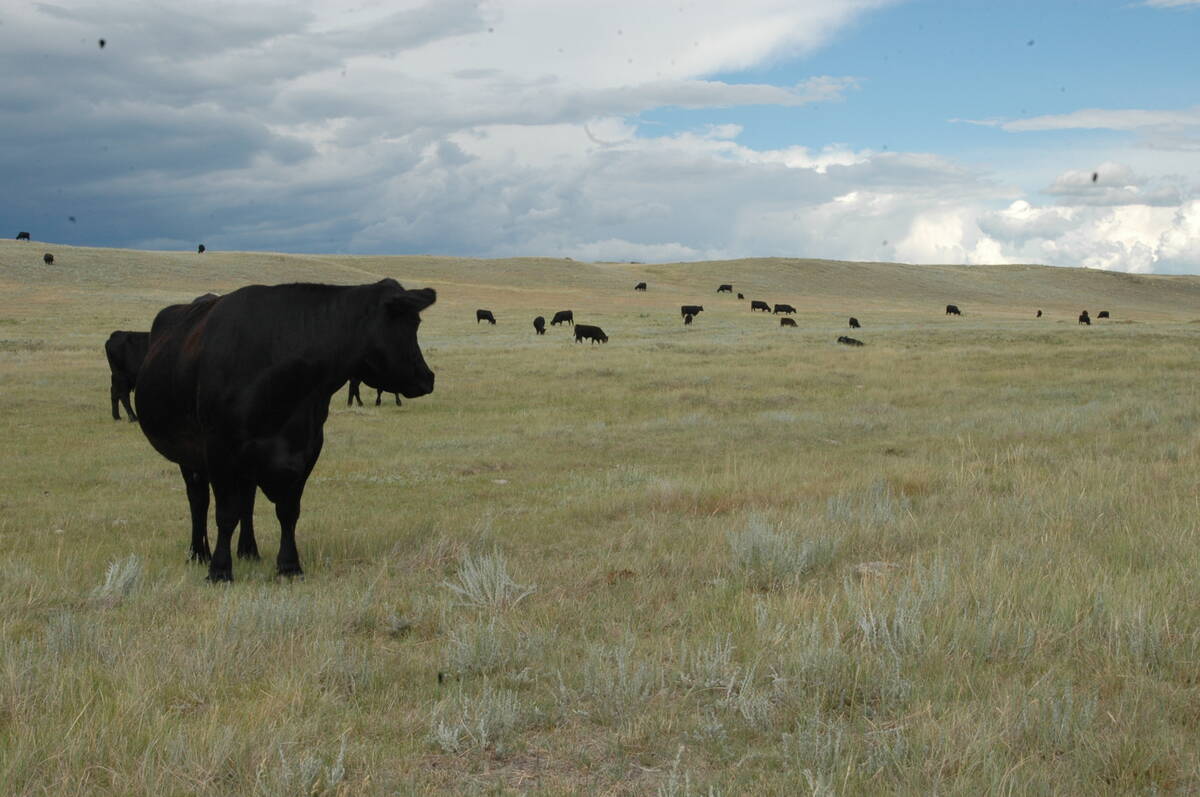
Canadian Food Inspection Agency slammed for handling of bovine tuberculosis case
The federal government leans heavily on producers to “take one for the team” and risk their livelihoods without any reassurance of support.
These certificates can follow calves so owners know what treatment history they carry. Buyers may not pay more for preconditioned calves, but a strong vaccination program can build a healthier herd that saves costs on antibiotics and vet bills.
Keegan said two types of calves are sent to feedlots:
- Low risk calves come from vaccinated herds, were fed at home or were in small backgrounding lots before they moved to the feedlot and have a low death rate of one percent or less and low sickness rates of 10 percent or less.
Keegan recommended weaning them a couple weeks before they move to a feedlot, which reduces stress and their risk of disease.
“Stress is a killer. It is hard on us, it is hard on animals,” Keegan said.
If these calves are stressed the body releases more cortisol levels into the blood, which attempts to deal with an emergency by supplying animals with short bursts of energy. This action also boosts the immune system at a time when young animals are facing a host of new disease-causing pathogens.
- High risk calves come from unvaccinated herds and have not been vaccinated. They face a lot of stress when they are sent to the auction directly off their mothers. These cattle are sorted and commingled with cattle from other herds at the sales yard and are then shipped to a large feedlot where they are mixed and sorted again.
They could face respiratory viruses such as BRD, also called shipping fever, which occurs shortly after weaning and is often seen in feedlots.
Most feedlots can successfully treat a healthy calf that becomes sick later, but calves that arrive sick are more difficult cases.
They often contract a mixed infection, which means they pick up a virus and are then hit with a secondary bacterial infection.
To stop these diseases, vaccinate calves for respiratory diseases such as IBR, BVD and clostridial two to four weeks before weaning. If this is not possible, vaccinate at branding time. A second shot should also be given at weaning so calves are better able to handle stress when they are ready to leave the farm.
“Their immune systems will be a lot better prepared,” Keegan said.
Cows should also be vaccinated because many of these diseases cause reproductive disorders.
“An IBR abortion storm can take up to 20 percent of your calves,” he said.
Bovine viral disease is one of the industry’s most costly conditions and many people do not realize they have it in their herds. Vaccination is needed to stop the disease cycle and eliminate persistently infected calves.
Keegan prefers modified live vaccines, but producers should consult with their veterinarian.
BVD damages lungs and intestinal tracts and causes bleeding and reproductive disorders with abortions and deformed or dead calves.
Calves born of an infected cow are persistently infected and pass the disease on to others. These calves do not respond to the vaccine because the body thinks the virus is part of itself.
They may have crooked legs, hydrocephalus or weakness. If the disease is picked up in early stages of gestation, the embryo is absorbed and the cows appear open in the fall.



